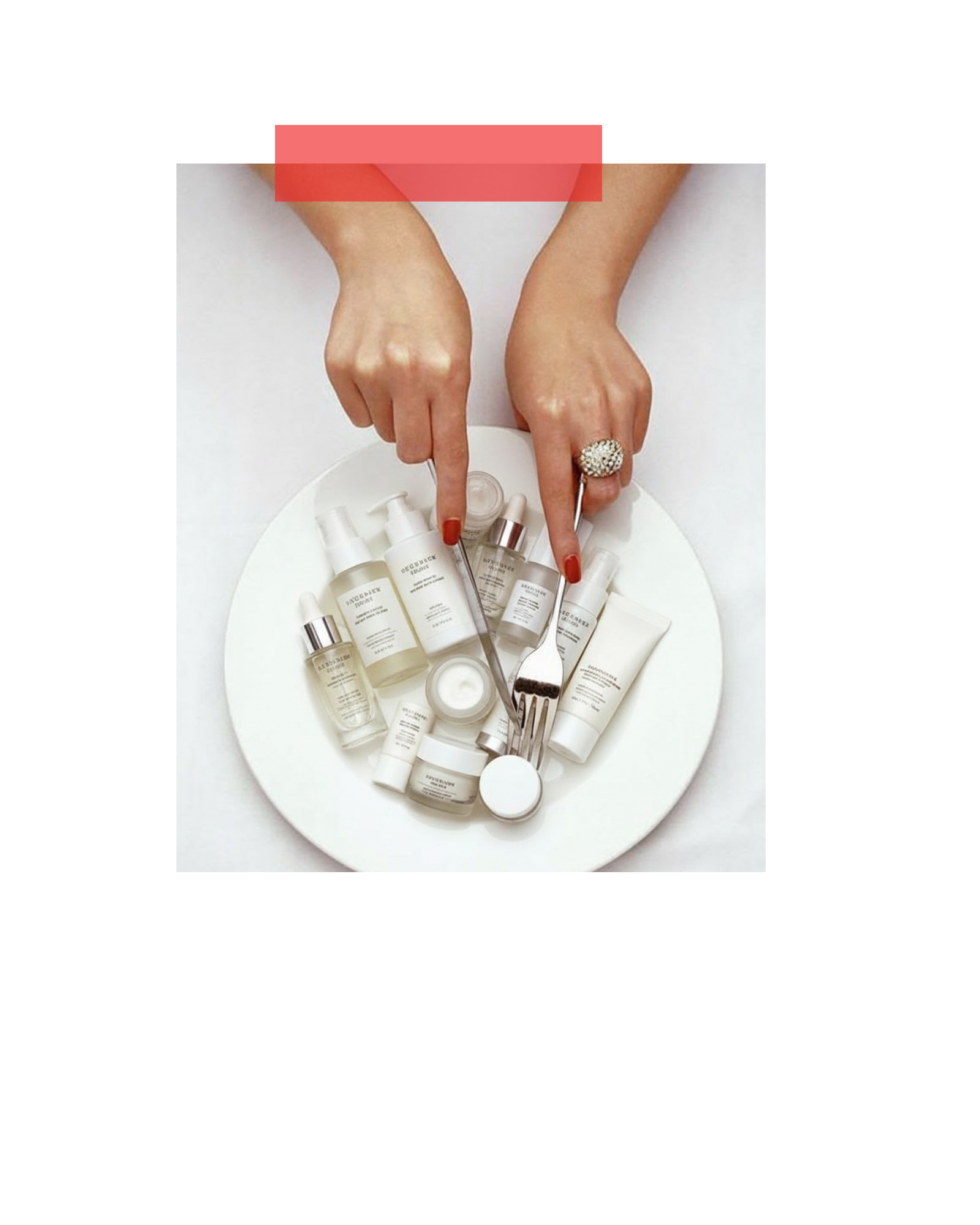Injectables represent a class of minimally invasive cosmetic treatments administered via injection, designed to address a range of aesthetic concerns, primarily those related to facial aging. They offer effective solutions for softening wrinkles, restoring lost volume, enhancing facial contours, and improving overall skin appearance, providing a more refreshed and youthful look without the need for surgery. The field of injectables is highly specialised, requiring a deep understanding of facial anatomy and artistic finesse to achieve natural-looking results.
Types of Injectables
The two primary categories of injectables are neuromodulators and dermal fillers, each working through distinct mechanisms to address different concerns:
- Neuromodulators (e.g., Botox, Dysport, Xeomin, Jeuveau):
- What they are: Purified proteins (Botulinum Toxin Type A) that temporarily relax specific muscles.
- Mechanism: When injected into facial muscles, they block nerve signals to those muscles, preventing them from contracting. This relaxation smooths out dynamic wrinkles – those formed by repetitive facial expressions.
- Concerns Addressed:
- Forehead lines: Horisontal lines across the forehead.
- Glabellar lines ("11" lines): Vertical lines between the eyebrows.
- Crow's feet: Lines radiating from the corners of the eyes.
- Can also be used for brow lifts, to relax neck bands (platysmal bands), and to reduce excessive sweating (hyperhidrosis).
- Onset & Duration: Effects typically appear within 3-7 days and last for approximately 3-4 months, gradually wearing off as muscle activity returns.
- Downtime: Minimal, usually just temporary redness or slight bruising at injection sites.
- Dermal Fillers (e.g., Juvéderm, Restylane, Belotero, Radiesse, Sculptra):
- What they are: Gels, often composed of Hyaluronic Acid (HA) (a naturally occurring substance in the skin), but also other materials like calcium hydroxylapatite (CaHA), poly-L-lactic acid (PLLA), or polymethyl methacrylate (PMMA).
- Mechanism: They are injected beneath the skin's surface to add volume, fill in static wrinkles (those present at rest), and enhance contours. HA fillers work by drawing water to the area, providing immediate volume. Non-HA fillers may stimulate the body's natural collagen production over time.
- Concerns Addressed:
- Volume loss: In cheeks, temples, under-eyes (tear troughs), and lips.
- Static wrinkles: Nasolabial folds (lines from nose to mouth), marionette lines (lines from mouth to chin).
- Lip augmentation: Adding volume and definition to the lips.
- Facial contouring: Defining jawlines, chin projection, and non-surgical nose reshaping.
- Acne scars: Filling in depressed scars.
- Hand rejuvenation: Restoring volume to the back of the hands.
- Onset & Duration: Effects are often immediate. Duration varies widely depending on the type of filler, its density, and the area treated, ranging from 6 months to 2 years or longer (e.g., PLLA or CaHA).
- Downtime: Minimal, but common side effects include swelling, bruising, redness, and tenderness at the injection site, which usually resolve within a few days to a week.
Why Injectables Are Recommended
Injectables are highly recommended for individuals seeking non-surgical solutions to address visible signs of aging and enhance facial features. They offer:
- Minimally Invasive: Performed in-office with minimal discomfort and no extensive recovery.
- Natural-Looking Results: When performed by a skilled practitioner, results are subtle, enhancing natural beauty rather than creating an "overdone" look.
- Customisable: Treatments are tailored precisely to individual facial anatomy, aesthetic goals, and desired outcomes.
- Effective for Various Concerns: Address both dynamic and static wrinkles, volume loss, and contour deficiencies.
- Reversible (for HA fillers): Hyaluronic acid fillers can be dissolved with an enzyme called hyaluronidase if needed.
Important Considerations
- Qualified Practitioner is Paramount: The most critical factor for safety and aesthetic outcome is the injector's skill, experience, and understanding of facial anatomy. Always choose a board-certified dermatologist, plastic surgeon, or other highly trained and licensed medical professional.
- Consultation is Essential: A thorough consultation is vital to discuss medical history, aesthetic goals, realistic expectations, potential risks, and a personalised treatment plan.
- Potential Side Effects: While generally safe, side effects can include bruising, swelling, redness, tenderness, itching, or temporary lumps. More serious, though rare, complications (e.g., vascular occlusion, infection) can occur with fillers if not performed correctly.
- Cost & Maintenance: Injectables require ongoing maintenance as their effects are temporary. Budgeting for follow-up treatments is important.
- Individualised Results: Results vary based on the individual's anatomy, product selection, and the injector's technique.
Injectables offer a powerful and versatile tool in the modern aesthetic landscape. When approached thoughtfully and performed by an expert, they can significantly contribute to a refreshed, harmonious, and rejuvenated appearance.
